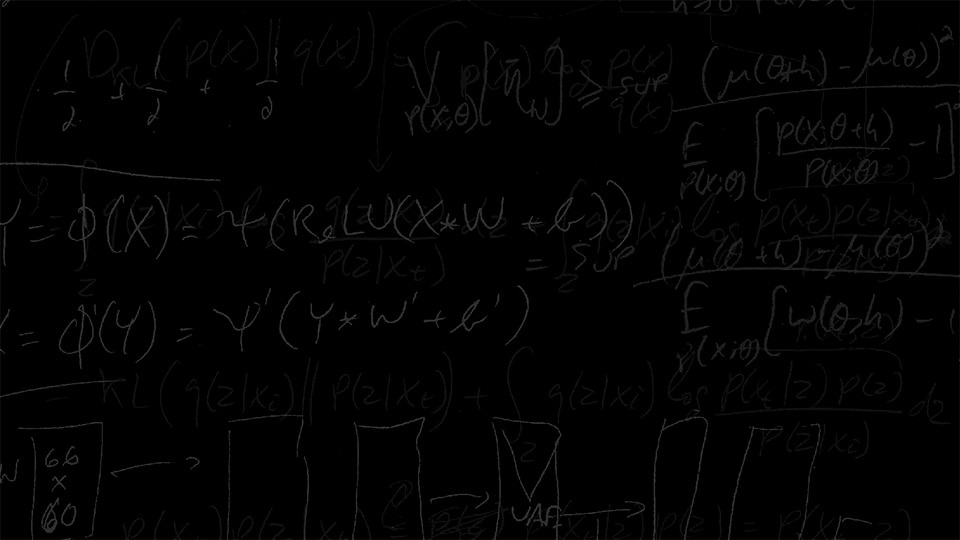We know that Machine Learning is an extremely powerful tool for tackling complex problems which we don’t know how to solve by conventional means. Problems like image classification can be solved effectively by Machine Learning because at the end of the day, gathering data for that kind of task is much easier than coming up with hand-written rules for such a complex and difficult problem.
But what about problems we already know how to solve? Is there any reason to apply Machine Learning to problems we already have working solutions for? Tasks such as physics simulation, where the rules and equations governing the task are already well known and explored? Well it turns out in many cases there are good reasons to do this – reasons related to many interesting concepts in computer science such as the trade-off between memorization and computation, and a concept called Kolmogorov complexity.
![[La Forge] A data-driven physics simulation based on Machine Learning - Bunnies](http://staticctf.ubisoft.com/J3yJr34U2pZ2Ieem48Dwy9uqj5PNUQTn/1FyCkp5gUejNqsAUyTwgup/d588b18002685a75d2abb67bdb277ed2/-La_Forge-_Bunnies.gif)
At Ubisoft La Forge we managed to use these concepts to successfully apply Machine Learning to one of these already well known domains – Physics Simulation. By combining massive amounts of training data with Machine Learning and a technique called subspace simulation we managed to produce a data-driven physics simulation, which is appropriate for games, and runs 300 to 5000 times faster than conventional physics simulations at the cost of some small additional memory usage. For more details take a look at the full article written by Daniel Holden, Animation Programmer at Ubisoft La Forge.

